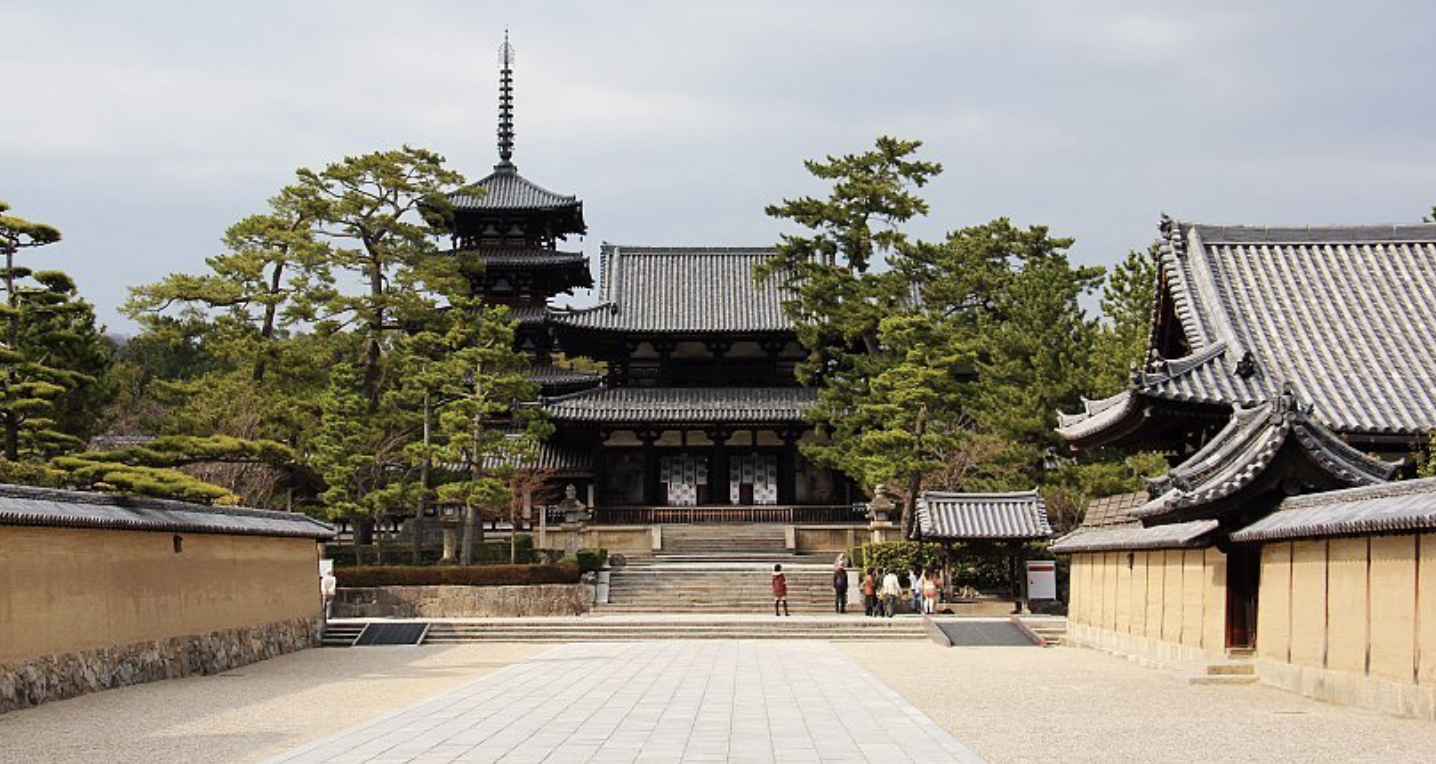Earthquake-Proof Wonders: How Ancient Buildings Outsmarted Nature
In an age without computers, concrete, or steel reinforcements, ancient builders managed to do what many modern structures still struggle with—stand tall through centuries of earthquakes. From temples to palaces, their architectural genius continues to baffle engineers today. So how did these historical marvels survive the shake, rattle, and roll of time?
Here are five fascinating structures that didn’t just survive earthquakes—they danced with them.
🏯 1. Hōryū-ji Temple, Japan – Built to Sway, Not Stay Still
Dating back to the 7th century, this wooden Buddhist temple in Nara is one of the world’s oldest surviving wooden buildings. Japan is no stranger to quakes, yet Hōryū-ji still stands, thanks to its flexible design.
Fun fact: The temple’s five-story pagoda has a hidden "spine"—a central pillar (shinbashira) that acts like a shock absorber, allowing each floor to move independently. It’s basically the ancient version of base isolation.
🏛️ 2. The Parthenon, Greece – Solid Rock, Solid Structure
Perched on the Acropolis since 447 BC, the Parthenon has endured quakes, explosions, and invasions. While damaged, it’s remarkably intact for its age.
The secret? It’s built on bedrock with marble blocks fitted so precisely, no mortar was needed. Plus, the columns aren’t perfectly straight—they bulge slightly in the middle (a trick called “entasis”) to help with weight distribution and shock absorption.
🏰 3. Machu Picchu, Peru – The Inca Earthquake Whisperers
Sitting high in the Andes, this 15th-century Incan city was built in an earthquake-prone zone—on purpose. Why? Because the Incas knew how to build for it.
They used ashlar masonry—stones so perfectly cut, not even a knife blade can fit between them. No mortar. Just friction and geometry. During a quake, the stones simply "dance" back into place.
Quirky bonus: The trapezoidal doors and windows aren’t just aesthetic—they’re quake-resistant by design.
🕌 4. Alhambra Palace, Spain – Where Elegance Meets Engineering
This Moorish masterpiece in Granada has weathered centuries of seismic activity. While not as famous for its quake resilience, the palace owes its survival to clever choices.
Builders used lightweight timber frames, flexible plaster walls, and broad stone foundations—allowing it to bend rather than break.
🏯 5. Tōdai-ji’s Great Buddha Hall, Japan – Built to Bounce Back
Originally from the 8th century and rebuilt multiple times, this massive wooden structure still holds the title for the world’s largest wooden building. Its timber frame and wide eaves help distribute seismic energy.
Little-known fact: The temple’s floor isn’t fixed—it “floats” slightly to help cushion ground movement.
Ancient Wisdom, Modern Lessons
What unites these structures? Flexibility. Ancient architects understood that fighting the earth’s movements was a losing battle—instead, they learned to move with it.
Today, engineers are borrowing from these age-old techniques to create buildings that are not only stronger—but smarter.
Want more architectural secrets from the past? Follow along for modern insights inspired by ancient brilliance.





